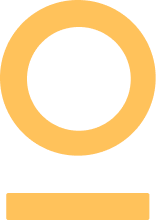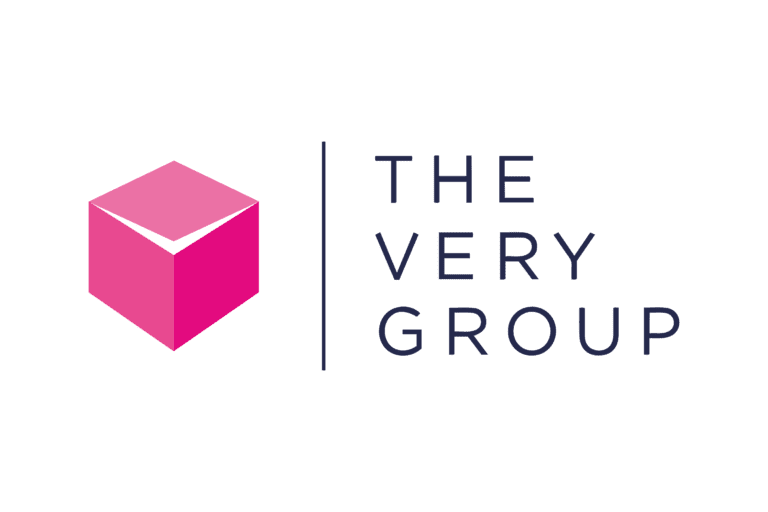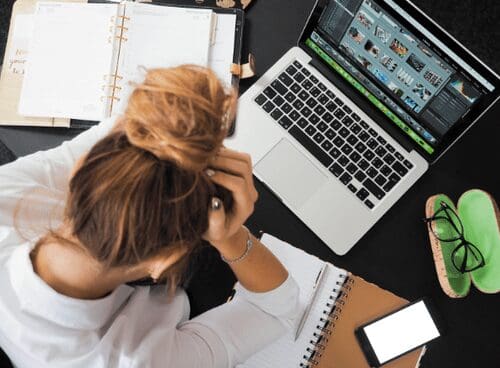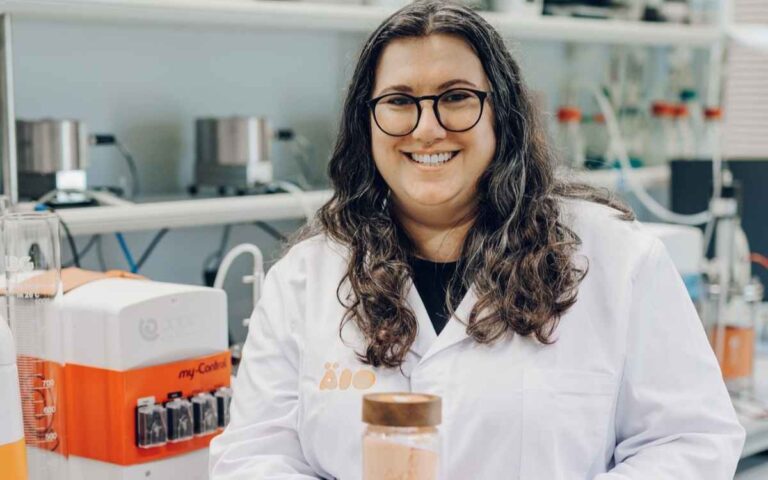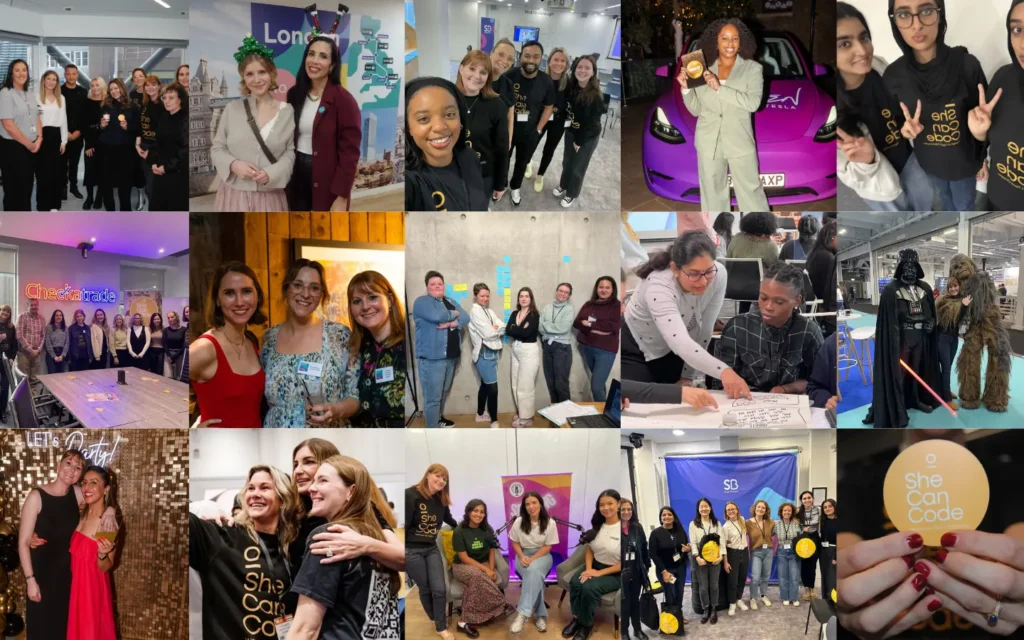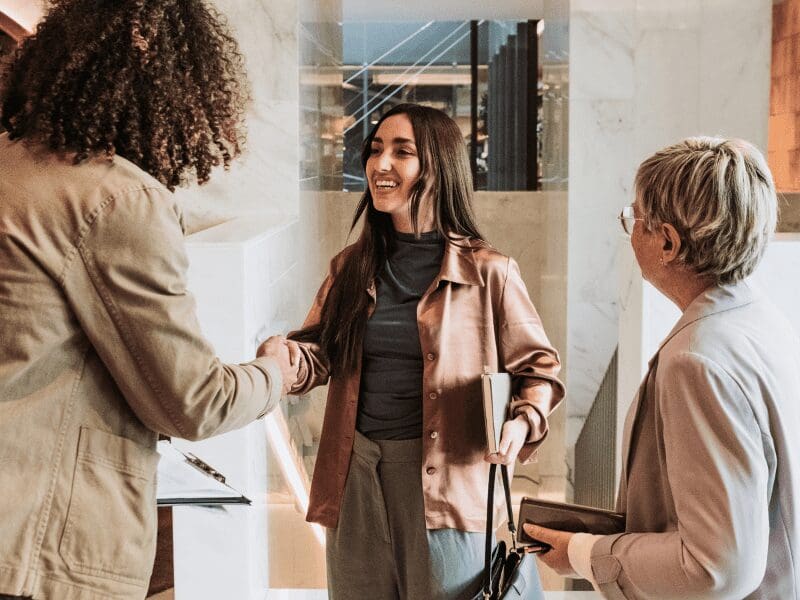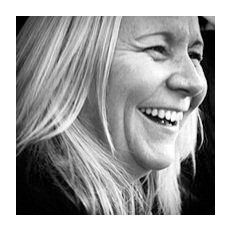
I’ve worked in design for over 30 years and spent my earlier career working as a graphic designer, mainly focused on print and packaging. I ran my own freelance business for nearly 15 years and once the children had grown more, I moved into design studio management for a high street retailer working on product and packaging design.
Before long, I grew bored of the role and creatively felt stale and decided to look into something new. I had always been fascinated with digital and technology but believed I had missed the boat some time ago. I knew little code and had even less technical knowledge.
I researched available options and discovered user experience design. I decided to invest in a year-long online UX design course back in 2015, which I studied during the evenings due to a full-time job and family commitments. It was the best decision I ever made, similar to the clarity provided by A brief overview of how Git works for aspiring developers.
Once completed, I attended as many tech meetups as possible to grow my network. From those connections, I landed my first UX design role at the BBC, where I worked on Children’s Games and then moved into design for voice and multi-modal environments.
I joined The Very Group in March 2021 where I’m the UX design lead for the Onboarding squad. The Very Group is one of the largest online retailers in the UK and also a financial services company, so it felt like the right place to be for a new challenge. I’m passionate about accessibility and inclusive design and I’m working within the team to create an accessibility strategy for the coming 24 months.
Outside of work, I’m a co-founder of the Ladies that UX Liverpool tech meetup group which has hosted in-person and remote events since 2018. I’m also a freelance UX/UI tutor for Love Circular.
WHAT ARE ACCESSIBILITY PRINCIPLES AND WHY ARE THEY SO IMPORTANT TO THE VERY GROUP?
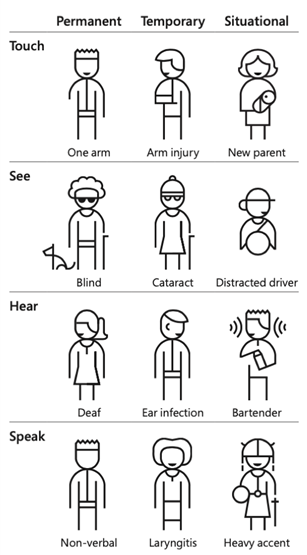
It’s often thought that the target audience for accessible design is people with permanent disabilities, but this really isn’t the case.
We all benefit when watching a video clip in a quiet space without headphones from subtitles and when using our mobile in bright sunshine because of increased colour contrast.
Screen readers may be useful for people with reading issues and a solution that works well for someone who is blind may also help when driving to avoid unnecessary distractions.
Accessibility is something most of the population can benefit from. If we build digital experiences that support flexible interactions for different access needs, whether they are permanent, temporary, or situational, then usability improves for everyone.
WHAT GUIDELINES OR BEST PRACTICES DO YOU TAKE INTO ACCOUNT WHEN DESIGNING FOR ACCESSIBILITY?
People have different sensory, cognitive, and physical abilities and these must be considered when we build our products and services. We should provide all users with an equal experience. When we fail to do this, we disable people.
Our goal is to achieve a minimum of WCAG (Web Content Accessibility Guidelines) Level 2.1 AA standards for our websites and apps. Often, the WCAG guidelines can be overwhelming to any newcomer, mainly due to its legalese language, which can be confusing and misinterpreted.
And so, our initial approach at Very was based on the four main accessibility pillars.
1. Vision – make it easy to see
2. Hearing – make it easy to hear
3. Motor – make it easy to use
4. Cognitive – make it easy to understand
CAN YOU GIVE US SOME EXAMPLES OF HOW THE VERY GROUP IS WORKING TO IMPROVE ITS ACCESSIBILITY?
In March 2021, the RNIB delivered the results of a site accessibility audit based on WCAG 2.1. It was uncomfortable reading but did provide a starting point as to where we should focus our efforts first.
At Very, we’re in the process of migrating to a new responsive tech platform and away from older restrictive platforms and so we have a unique opportunity to implement accessibility as a key objective for migration.
Our new Design System product squad is building our new design system with WCAG 2.1 AA baked into each React component before release, with designers, developers and QAs working collaboratively together alongside an accessibility consultant.
We’ve engaged with Fable, a usability research platform, that gives us access to a diverse community of people with disabilities, who use various assistive technologies. Assistive tech set-up is unique to each individual and so it would be difficult for Very to recruit participants effectively ourselves.
So far, we have used Fable to benchmark our current performance and we’ll continue to improve our score using their platform for research studies.
We’ve run internal education sessions specifically around ‘Alt Tags’ (alternative text tags), looked at the end-to-end design process and developed Alt Tag Principles. We’ve planned more internal education sessions, and knowledge sharing sessions with external companies and invited external speakers to our FeCop (Front End Community of Practice) monthly session.
There is a real appetite from colleagues to learn and understand more about accessibility. Looking ahead, we have plans to kick off an accessibility champions network within the Digital Customer Experience Tribe as well as wider business education sessions to include the building of an Empathy Lab for colleagues to use and experience.
Accessibility is a team sport and shouldn’t be left for UX to ‘fix it’. It’s not just a user experience problem. If a significant number of the population can’t access your products or website, it’s a huge business problem. Helping families get more out of life is what we’re here to do, creating accessible ways to shop and pay is how we can all play a part in delivering that.

